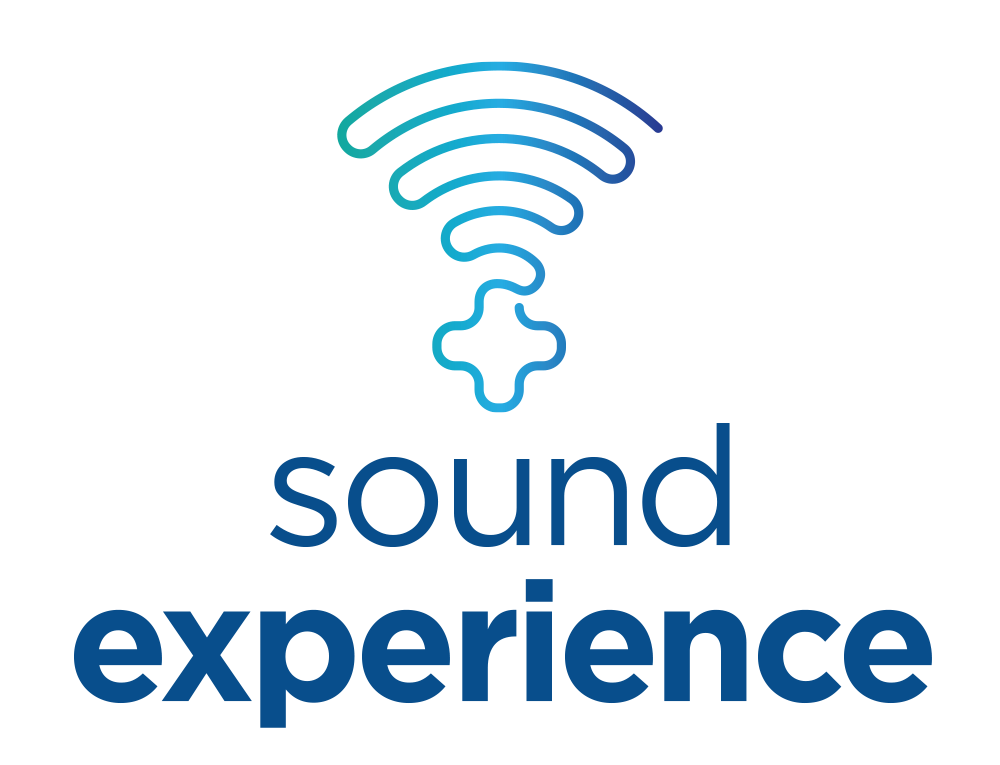Cuboid fracture: work practices during COVID19 restrictions
Maintaining high-quality healthcare within an environment of physical distancing
A 62 year old man was referred for examination of the right ankle after having injured it two weeks previously. With nothing adverse detected on X-ray, clinical indications suggested a lateral ankle sprain.
Ultrasound examination (Philips iU22, L12-5 MHz and 15-7 MHz Hockey Stick transducers) of the lateral, medial, anterior and posterior compartments of his right ankle was performed.
The examination demonstrated: “Cuboid bone fracture. Normal ankle examination”
Key findings (Images A-C below) included: “Right Ankle and Foot: The cuboid dorsal aspect has a break in the cortex of the middle part. The TMT joints and remaining midfoot, the AITFL, PITFL, PTFL, ATFL, CFL, DTNL, bifurcate and deltoid ligaments, and the peroneus longus and brevis, the tibialis posterior and anterior, EHL, EDL, FDL and FHL tendons are normal. No joint effusion is seen.”
Figure A: the right cuboid in long view, hashmarks indicating the fracture.
Figure B: the right cuboid in axial view, hashmarks indicating the fracture.
Figure C: comparison of the fractured right cuboid (left of image) with the normal left cuboid (right of image).
It is likely many of you have experienced this by now; the clinical presentation of cases, what is understood from our patient interview and physical examination, does not always match the findings of the ultrasound imaging you refer for. The purpose of this post is not to discuss the possible explanations for this fact. While we often find fractures on ultrasound, the purpose of this post is not really to discuss how such findings might change general management of a patient (though we will very likely come back to that another time).
This post is here as an acknowledgement that for most, doing our best for our patients during the changes to community healthcare necessitated by COVID-19 in New Zealand, requires adjustments to our usual ways of practicing. Physical distancing and remote consultations with patients potentially decrease the depth of information that can be gathered from a patient, which may impact the ability to form diagnostic hypotheses. This patient presented with a complaint suggestive of lateral ankle injury, and the source of his pain turned out to be a cuboid fracture. This finding required he have further investigation of his injury, and certainly changed the management of his injury.
If you are reading this, there is a good chance you are a referrer who uses ultrasound findings to help inform your patient management already, or you are a patient wondering how ultrasound helps your care. Our view is that in the usual course of clinical practice, ultrasound imaging forms an integral part of the diagnostic reasoning process. In the meantime and while things are different to usual, we think it can help to fill the potential information gap necessitated by distancing. This case is an example of how we are working to maintain the high level of care usually available to you/you patients, and to help establish how urgent intervention is for those referred to see us.
